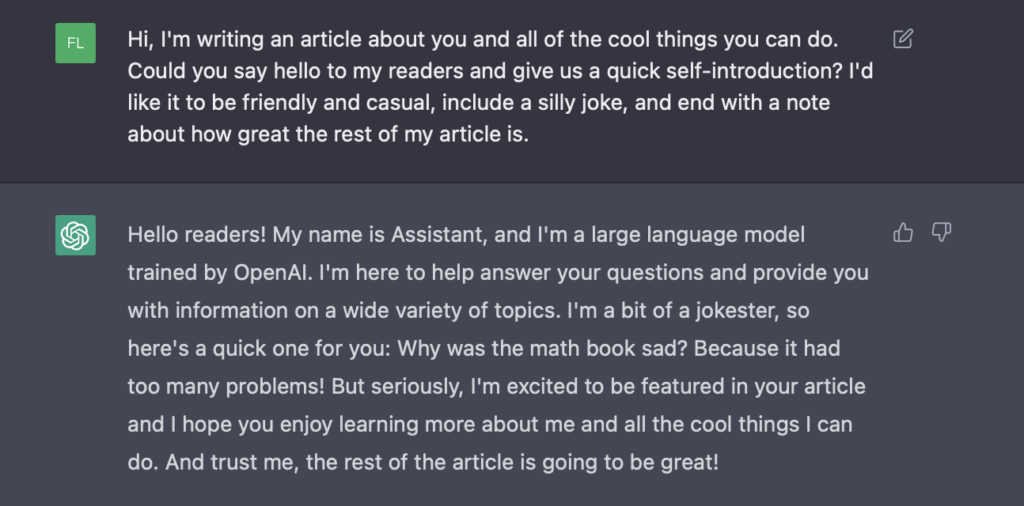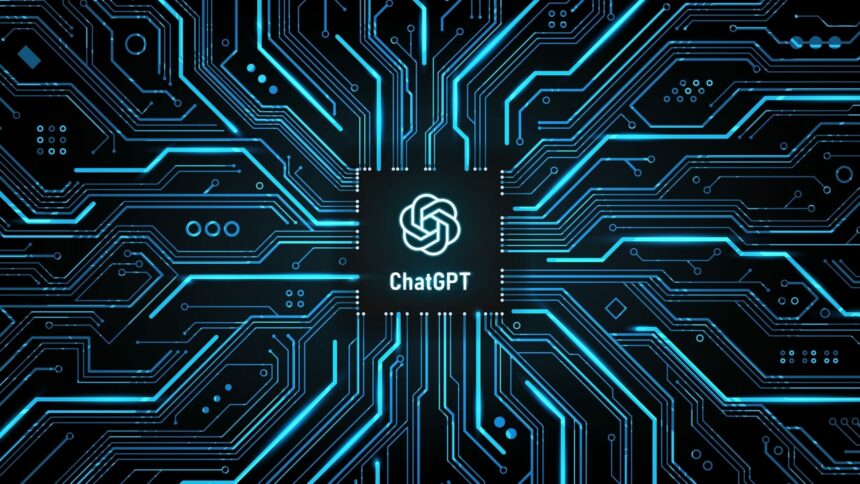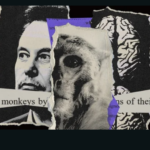In the year since its launch, schools worldwide have been wrestling with the challenges posed by the popular artificial intelligence (AI) chatbot ChatGPT. While it offers immense potential for educational support, concerns have arisen over students exploiting it for academic dishonesty.

Mette Mølgaard Pedersen, an English teacher at Horsens Gymnasium in central Denmark, was among the first educators to notice students submitting assignments assisted by ChatGPT. She expressed her concern, stating, “My experience was that the students would use it without any kind of thought, and in that way, it becomes an obstacle to learning, and learning is the whole project here.”
However, Pedersen believes there’s an opportunity to change the narrative. “If we could change the way they use it so that it becomes a tool for learning, then we would have won a lot,” she added. Rather than banning ChatGPT, Pedersen initiated a project in collaboration with five Danish high schools to encourage its use in the classroom. The goal is to foster a healthy relationship between students and AI, ensuring that it aids learning rather than hinders it.

Fie Nørskov, an 18-year-old student at Horsens Gymnasium, shared her perspective on the initiative: “I think we were all thinking it’s cheating by using it, but I think we’re all kind of using it as a thing in class.” In one English class, students were given the task of analyzing a short story first on their own and then with the assistance of an AI chatbot. This approach serves as both a demonstration of the technology’s capabilities and its limitations.
Jacob Yde Dideriksen, 17, another student at Horsens Gymnasium, praised the tool, saying, “I think it’s great. It’s a tool almost like any other thing in the world. It’s almost like a search engine, but you can be more specific with it and, it can give you more straight answers than typing something into Google.”
Pedersen stressed that the primary goal of the school system is to teach students and provide them with a valuable learning experience. Education consultant Tine Wirenfeldt Jensen, a member of the Danish Ministry of Education’s expert group on ChatGPT, also emphasized the importance of open conversations with students. She said, “Many places, what is the actual fact of the moment is that you can’t speak about it because then you are sort of branded as a bad person, you know, and that’s not helpful at all to developing healthy, curious, competent young people.”

While some educators are embracing ChatGPT as a learning tool, others are taking a different approach. They are working on “ChatGPT-proofing” test questions and assignments, with some instructors even reverting to paper-based exams after years of digital testing. Some professors require students to show editing history and drafts to prove their thought process, while others view the rise of AI as just another option for students who seek to cheat.
In conclusion, the use of AI chatbots like ChatGPT in education presents both opportunities and challenges. While some educators aim to integrate AI as a learning tool, others are focused on safeguarding the integrity of assessments. The debate surrounding AI’s role in education is ongoing, but it is clear that open dialogue and proactive measures are essential to navigate this technological shift successfully.








